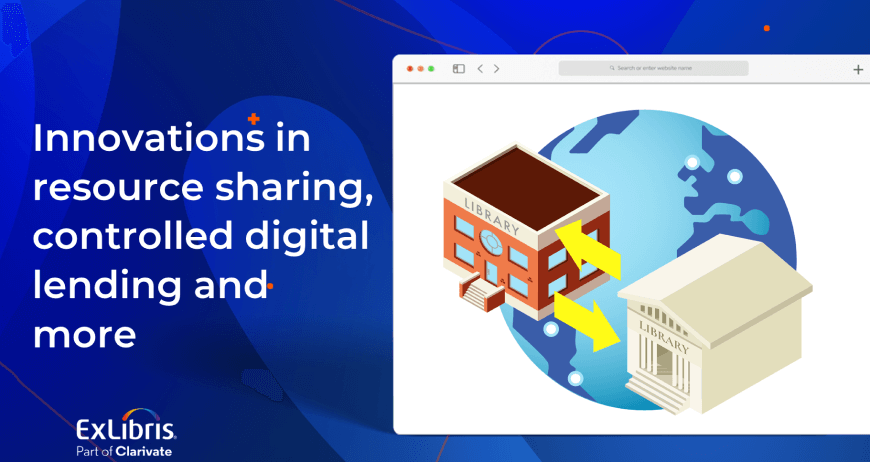Mike Richins, Director of Product Management — RapidILL, Ex Libris
Cutting-edge technologies like artificial intelligence, augmented reality, and virtual reality are making their way into the resource sharing space.
Artificial intelligence, to take one example, could pave the way for predictive interlibrary loans. Imagine a library predicting ahead of time when a particular resource will be needed. This revolutionary idea depends on big data analysis of trends over time as to which resources are requested most, by whom, and when. With these metrics, a library could initiate sharing requests or acquisitions even before patrons know they need the resources.
While predictive interlibrary loan may be just around the corner, virtual reality is already here. Maryland State Library introduced virtual reality to its patrons as early as 2014, becoming one of the early adopters. Even before that, in 2013, the University of Houston Downtown was giving incoming students augmented reality orientation tours.
Another example already in play is the first-of-its-kind interlibrary loan using 3D printing of objects for students to use in the classroom. The program, established at Texas Tech University and University of Houston, will ultimately include an online discoverable database of the items, their metadata, and 3D collections.
Such technology trends require rethinking established policies and practices related to resource sharing via interlibrary loan. Even now, many libraries still do not request or lend electronic resources. There is therefore a growing current focus on making sure that library staff advocate sharing e-resources with other libraries, with the hope that pressure from the ground up and across consortia will have the desired effect.
It is especially important as libraries must meet the needs of Generation Z — people born between 1995 and 2010 – who are the first digital natives. This tech-savvy generation seamlessly embraces change and is a driving force behind emerging digital trends. They expect transparent and rapid responses, as well as fast delivery times for inquiries – including interlibrary loans.
Is your library ready for the latest tech trends and the demands of Generation Z? Find out now with “12 ILL Insights for 2020”, our essay on the future of interlibrary loan.










